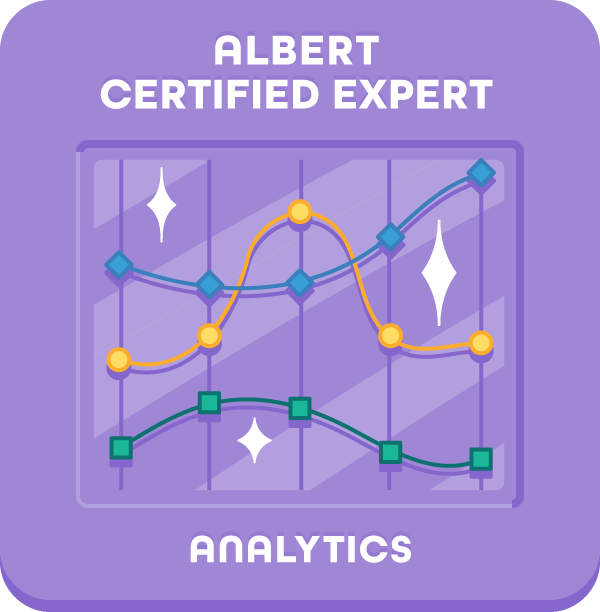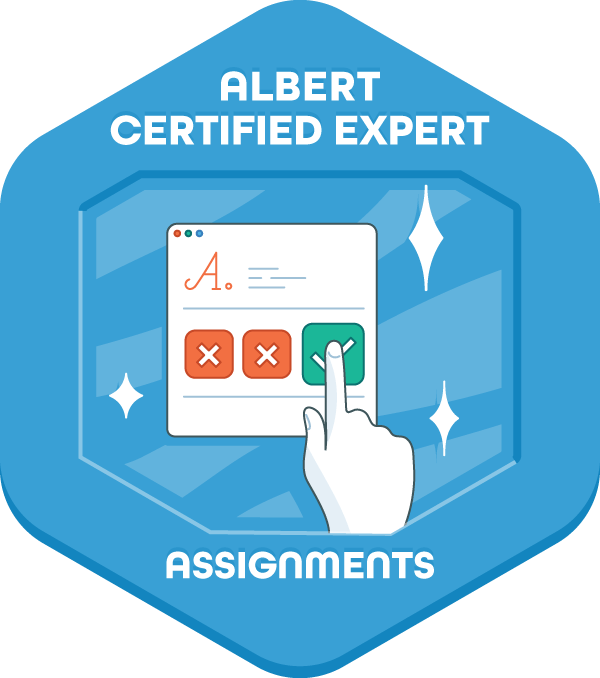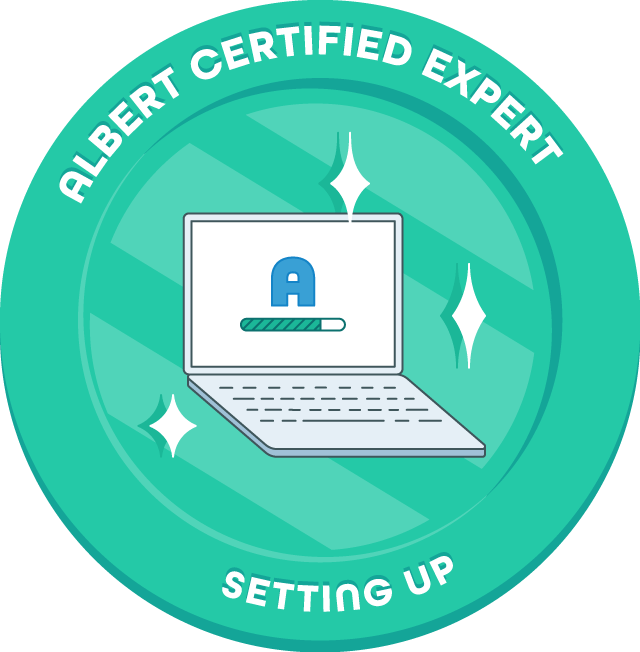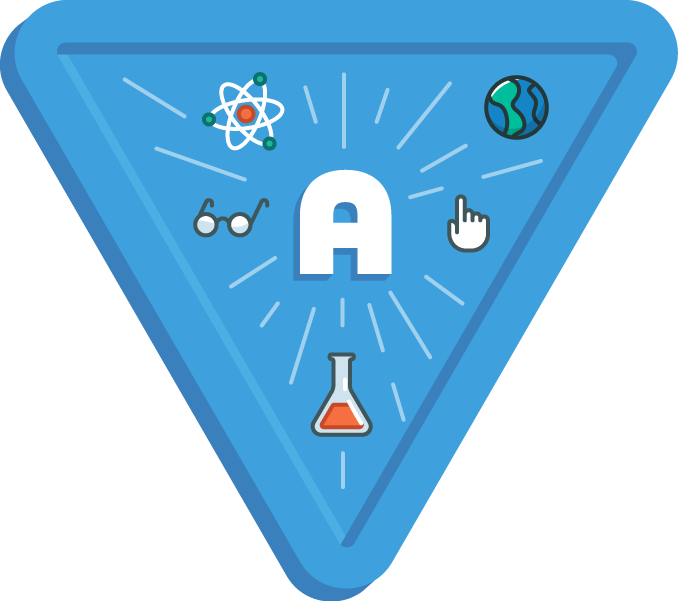![]()
![]()
![]()
![]()





This holiday season, we are grateful for all of our Albert Level 1 Certified Teachers! There are currently over 250 certified teachers working in schools all across the country. Albert-certified teachers have passed our certification exam (which in true Albert fashion is rigorous and aligned to best teaching practices 😉 ) and know how to use all of the advanced features on Albert. For example, they can successfully set up their classrooms, create customized assignments, and inform their instruction through student data.
Think you have what it takes? You can take the test one of two ways (we try to accommodate different learning styles).
1. Multiple Choice Quiz (17 questions and you need an 80% or above to get certified)
2. Short Answer Questionnaire (3 questions and someone on the Albert team will review your answers in order to pass)
If you pass, you’ll get a fancy badge and certificate (and bragging rights!). But more importantly, you’ll be equipped to use Albert to its fullest potential, save time on grading and data analysis, and your students will be more prepared for rigorous end-of-year exams. We asked some of our Level 1 Albert experts for tips that will help you improve your practice, and they had so much to say! From classwork and homework to quizzes and projects, our users have found lots of creative ways to engage students with the platform.
Here is what they had to say!
Differentiation
Create a pre-assessment in Albert and then use the results of your pre-assessment to create cooperative learning groups that are diverse in accuracy levels. The excelling students will be able to help the struggling students with the content as well as how to properly navigate Albert’s educational technology!
— Ryan Slattery, Cary-Grove High School, Illinois
Keep the assignments varied in difficulty to reflect the mix of leveled questions to that of the AP® test. I sort the questions by difficulty and make sure that I keep a bell curve of difficulty so kids don’t get too discouraged by the difficult questions or overconfident from the easier questions.
— Matthew Moulden, Cleburne High School, Texas
Classwork
I’ve found that students greatly benefit from writing down the rationale provided by Albert for the questions they miss. They show the reasoning as it is given by your Albert experts and then rework it into their own words or problem-solving methodology. The #1 piece of advice from my AP® studentslast year to those I have this school year was to do ALL of the Albert questions!
— Corban Espinoza, Wawasee High School, Indiana
Use the Albert.io AP® Biology Lab questions as a post-lab follow-up. This way it reviews all the key topics and matches any misconceptions before moving on to the immediate explanation option.
— Susan Monahan, Riverhead High School, New York
Use it as a Do Now activity when students first enter the classroom. This is considered a frontloading activity that students could do before the introduction of a concept. Students could be put in two groups and hold a contest for completing the highest amount of questions.
— Larry Hood, Compton Early College High School, California
I use Albert.io for exit tickets. I create a custom template to assess their understanding. The questions are aligned to the standards I am teaching, and they are an easy way to measure both content and skills. Because feedback is immediate, it helps me gauge my own effectiveness.
— Steven Chai, Bakersfield Christian High School, California
Quizzes
This year, I started to develop timed quizzes by using the Create Templates feature on Albert. These quizzes are intended to match key concepts from the student’s textbook chapter readings. I gave them a weekly or bi-weekly timeframe depending on the chapter length. These regular quizzes give me great insight into who is reading and understanding the material, and they give me further information on their current abilities to answer questions in the APUSH format. Additionally, these quizzes have also been a great way to hold them accountable for reading the material before lectures or projects.
— Patrick DiFilippo, Oak Lawn Community High School, Illinois
Choose the difficulty level of questions and what concepts and terms you want to assess by creating templates. Template assignments can then be used for pre- and post-assessments and to generate discussion during class.
— Cathy Johnson, George Whittell High School, Nevada
Thanks to all of our other Albert Certified teachers who submitted tips!
Dr. Mary Eldrige, Kohler High School, Wisconsin — Ashley Kelton, Central High School, Florida — Kevin C. Speranza, University High School, Florida — Corey McGrath, Mountain Lakes High School, New Jersey — Clayton Ninas, Shades Valley High School, Alabama — Mandy Perret, Dutchtown High, Louisiana — Emma Cecchin, Glenbard South, Illinois
We hope you found these tips helpful and that you’re more inspired than ever to become Albert-certified!
![]()

